May 25, 2025 | 16:39 GMT +7
May 25, 2025 | 16:39 GMT +7
Hotline: 0913.378.918
May 25, 2025 | 16:39 GMT +7
Hotline: 0913.378.918
As coastal ecosystems become increasingly overburdened, with crowded cage systems, deteriorating water quality, and space conflicts with tourism, transport, and other economic activities, Vietnam must look beyond traditional practices and adopt a forward-thinking approach that aligns with global trends.
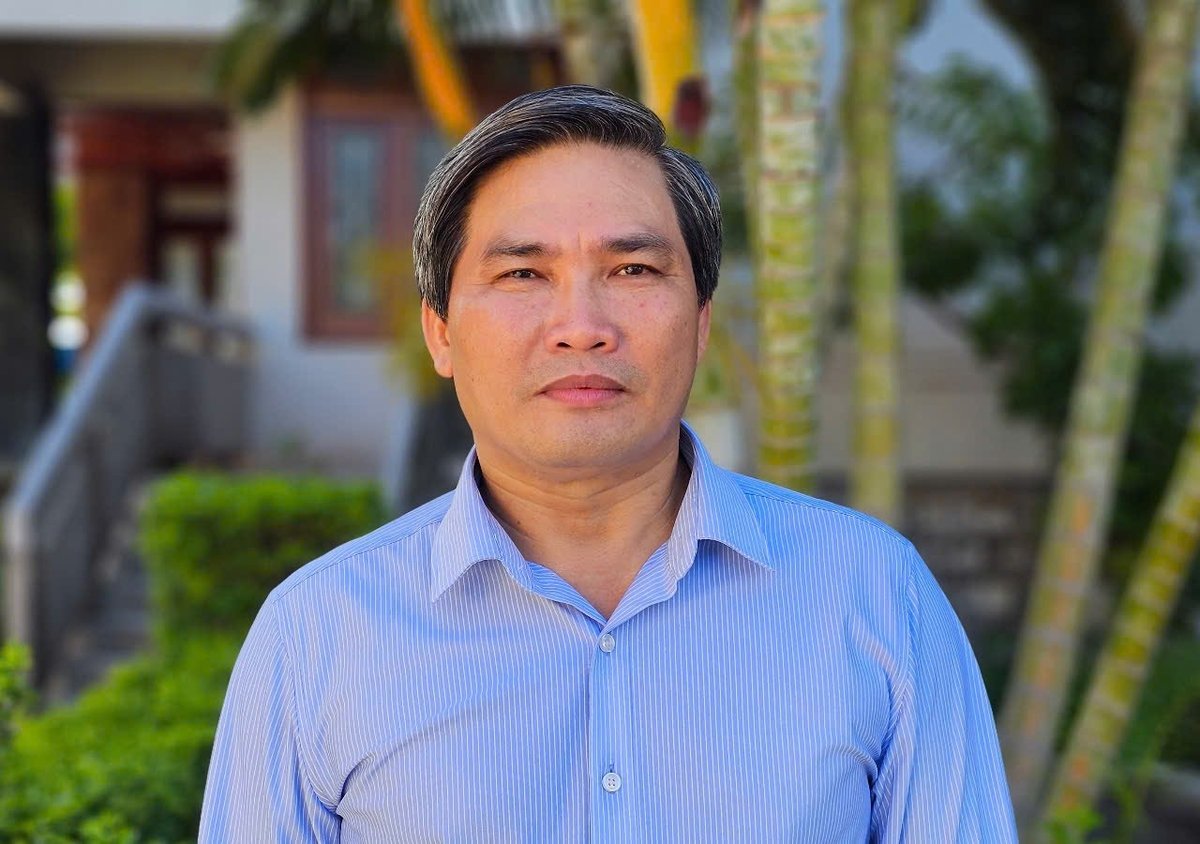
Associate Professor, Dr. Vo Van Nha, Director of the Research Institute for Aquaculture III. Photo: KS.
For decades, Vietnam has relied heavily on nearshore aquaculture zones, especially in bays and estuaries. However, these areas now face serious ecological stress, forcing a strategic pivot. Dr. Nha emphasises that the country must shift from small-scale, fragmented marine farming to industrial, large-scale models that operate farther from shore, in deeper and cleaner waters. This transition mirrors the direction taken by many advanced maritime nations, including Norway and Taiwan, and is considered crucial for achieving both ecological sustainability and higher economic returns.
Vietnam’s national policies already provide a strong foundation for this transformation. Key directives such as Resolution No. 36 on the sustainable development of the marine economy, Resolution No. 26 on agricultural restructuring, and Decision No. 339 on marine spatial planning set the overarching vision. Most notably, Decision No. 1664, signed on October 4, 2021, outlines a roadmap for developing large-scale, industrial, and environmentally friendly marine aquaculture by 2030, with a long-term vision to 2045. The goal is to establish marine aquaculture as a high-value, branded commodity sector that supports national exports, job creation, and maritime sovereignty.
Yet to materialise this vision, Dr. Nha argues, Vietnam must prioritise three foundational factors. The first is investment in modern infrastructure and advanced technologies that are resilient to ocean conditions. The second is strong financial and human resource capacity, including trained personnel and professional governance. The third is access to stable markets, supported by robust supply chains and product traceability. Vietnam’s advantage, he notes, lies in its ability to learn from countries that have already built successful offshore aquaculture models, rather than starting from scratch. This allows Vietnam to accelerate its development by adapting and localising proven solutions.
While transitioning the entire sector cannot be accomplished overnight, Dr. Nha believes that the process can begin with targeted investments, community engagement, and a clear development roadmap. Within each coastal province, there are passionate individuals, farmers, entrepreneurs, cooperatives, who are deeply connected to the sea. These early adopters can form the foundation for regional aquaculture clusters that serve as models for replication.
To ensure successful scaling of offshore mariculture, Dr. Nha outlines six key priorities for local governments and stakeholders. First, marine spatial planning must be enforced to prevent conflicts between aquaculture and other marine industries. Defined zoning not only protects the environment but also ensures fair and transparent use of marine resources.
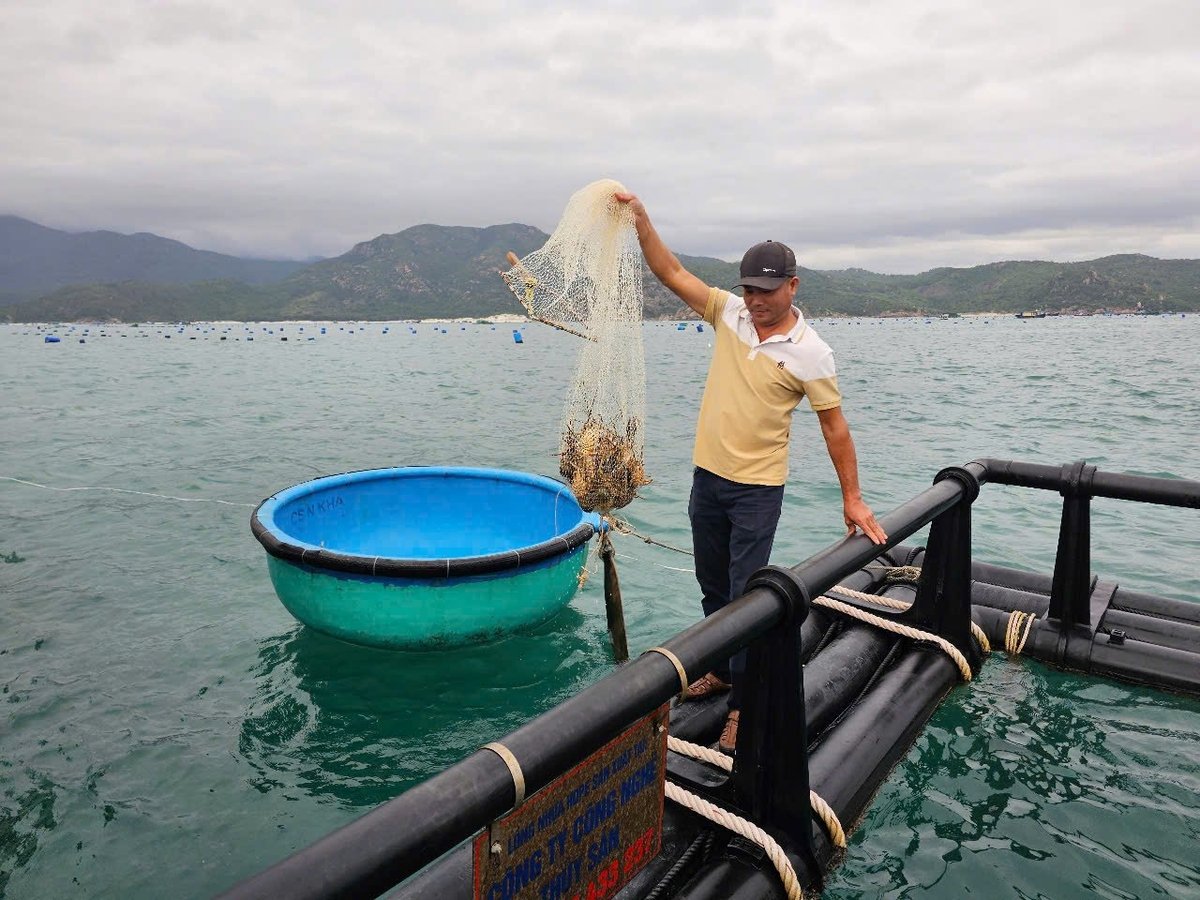
Lobster farming in square HDPE cages in the open sea of Khanh Hoa province. Photo: KS.
Second, appropriate technologies must be deployed based on each region’s specific oceanographic conditions. Offshore aquaculture demands resilient cage systems, such as those made from HDPE, and integrated digital tools including IoT sensors for water quality, real-time health monitoring, automated feeding systems, and remote surveillance. These technologies must be bundled into comprehensive farm management platforms that enhance control and productivity.
Third, environmental and disease management must become central pillars of policy. As farming intensity increases, so do the risks to marine ecosystems. Authorities must implement regular water testing, enforce waste collection protocols, and support farmers in adopting biosecurity measures. At the same time, education and outreach campaigns are needed to raise awareness about sustainable practices among coastal communities.
Fourth, supply chain integration must be strengthened from hatcheries and feed production to harvest, processing, and market distribution. Businesses, scientists, and government agencies must work together to build efficient, transparent, and resilient value chains that can support premium product positioning in both domestic and international markets.
Fifth, livelihood transformation is essential. Coastal communities need training and support to shift from low-value, subsistence-level farming to integrated, multi-functional systems. This includes vocational training and policies that support diversified models combining aquaculture with marine eco-tourism, multi-species farming, or renewable energy generation. These models increase income while optimising the use of limited marine space.
Sixth, local authorities must implement effective mechanisms to attract private investment. Public-private partnerships and incentive schemes are vital for mobilising capital, especially in high-cost, technology-intensive segments of marine farming. Without robust investment, the sector will struggle to achieve the scale and sophistication outlined in national strategies.
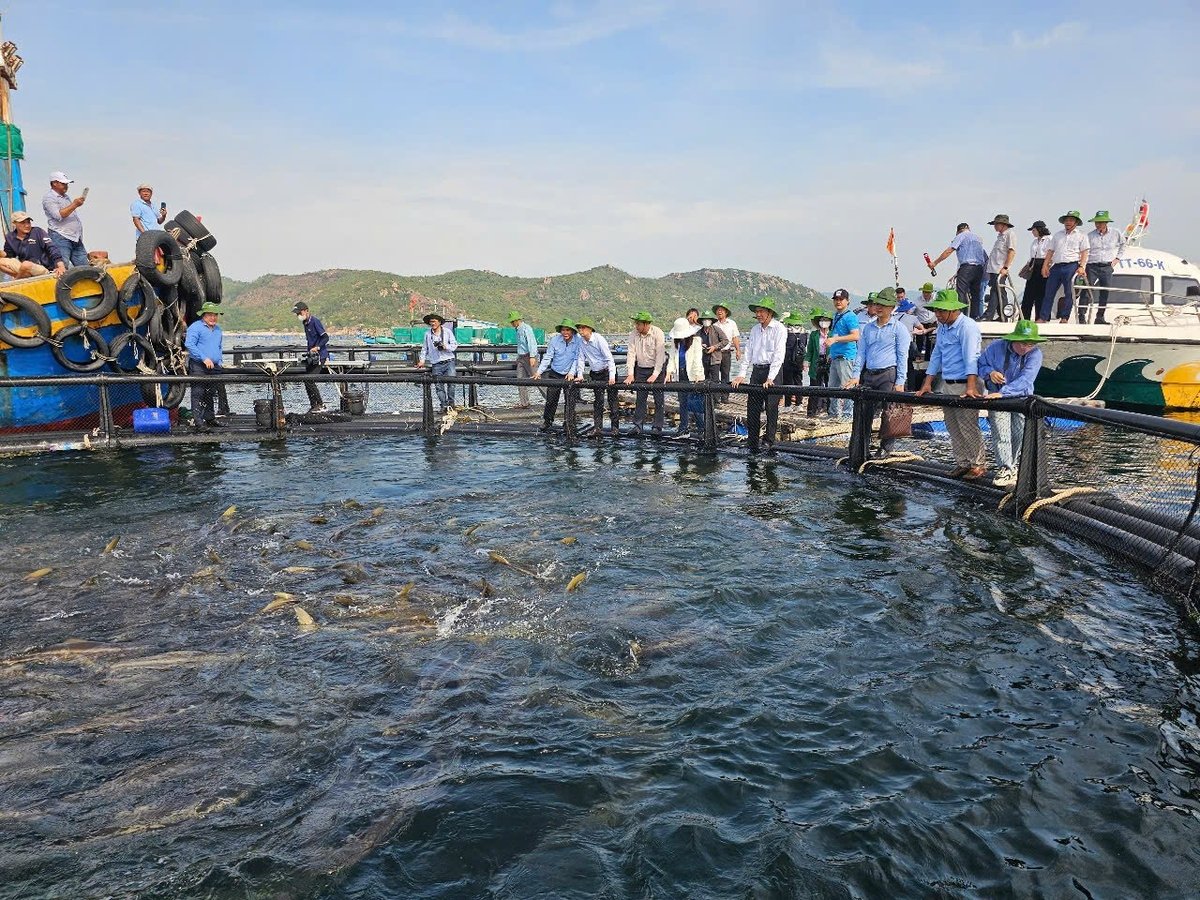
To develop marine aquaculture, localities need to have policies to support people. Photo: KS.
As Vietnam embarks on this transformation, the role of science and research is indispensable. The Research Institute for Aquaculture No. III, with its longstanding expertise and mandate, is committed to accompanying provinces—particularly in the South Central Coast—in their journey towards high-tech marine farming. This commitment is enshrined in Decision No. 354, which sets the institute’s strategic development plan to 2030, with a vision to 2045.
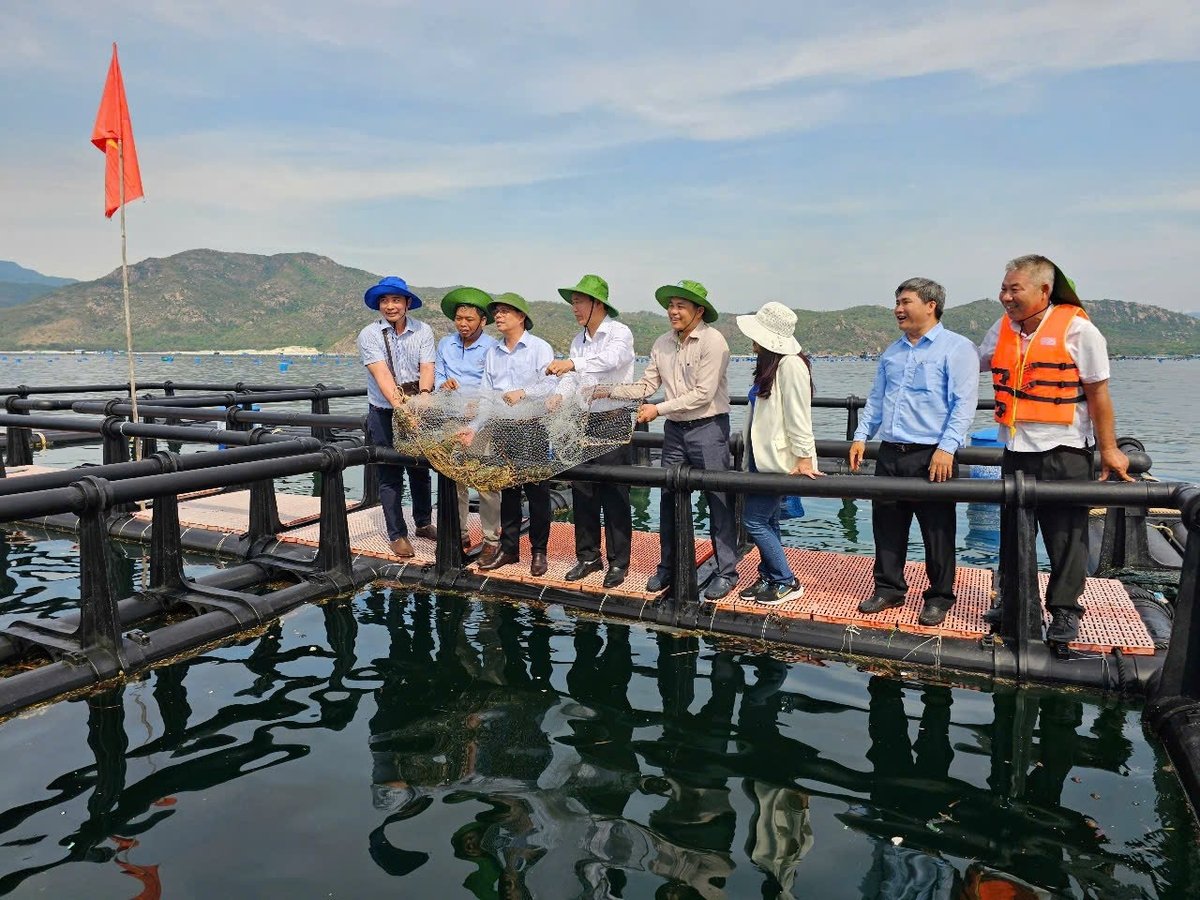
Recently, scientists from the Research Institute for Aquaculture III have accompanied localities to develop marine aquaculture. Photo: KS.
The institute will continue to focus on selective breeding of species with high economic value, strong growth rates, and disease resistance. With two key facilities, the National Broodstock Centre for Central Vietnam and the Marine Aquaculture R&D Centre in Nha Trang, and a team of scientists trained in Norway, Denmark, Australia, South Korea, and Taiwan, the institute is well-equipped to lead innovation and capacity-building efforts.
Moreover, it will adapt and refine offshore farming technologies to suit Vietnam’s open-sea conditions, which differ significantly from controlled pond systems. Offshore aquaculture takes place in open ecosystems, requiring flexible, ecosystem-based management approaches. As such, the institute will also work to finalise farming protocols and environmental standards specific to offshore conditions.
Assoc. Prof. Dr. Vo Van Nha concludes that with clear policy direction, scientific support, and community partnership, Vietnam has every opportunity to establish offshore mariculture as a major economic pillar, one that is profitable, sustainable, and aligned with the nation’s long-term vision for the blue economy.
Translated by Linh Linh

(VAN) Vietnam is intensifying the development of mollusk farming areas that meet international standards, aiming for sustainable growth and enhancing its export position in the global seafood market.
![Advanced mariculture – an inevitable trend: [3] Policy-driven momentum](https://t.ex-cdn.com/nongnghiepmoitruong.vn/608w/files/doanhtq/2025/05/21/0104-0616-0348-nuoi-bien-170339_789.jpg)
(VAN) To ensure the success of offshore mariculture that uses advanced technologies, it is essential to establish supportive policies that inspire both individuals and enterprises to invest with confidence.
![Advanced mariculture – an inevitable trend: [2] Outstanding results](https://t.ex-cdn.com/nongnghiepmoitruong.vn/608w/files/sohk/2025/05/12/4632-4136-nuoi-bien-11-164117_819.jpg)
(VAN) Pilot models of high-tech offshore mariculture in Vietnam, particularly in the South Central Coast region, have demonstrated exceptional economic returns and sustainability, setting a new direction for the country’s aquaculture industry.
![Advanced mariculture – an inevitable trend: [1] Moving offshore](https://t.ex-cdn.com/nongnghiepmoitruong.vn/608w/files/phucpm/2025/05/18/0252-2436-nuoi-bien-6-162148_783.jpg)
(VAN) Mariculture using advanced technology and moving offshore is an inevitable trend, as nearshore areas increasingly reveal limitations.
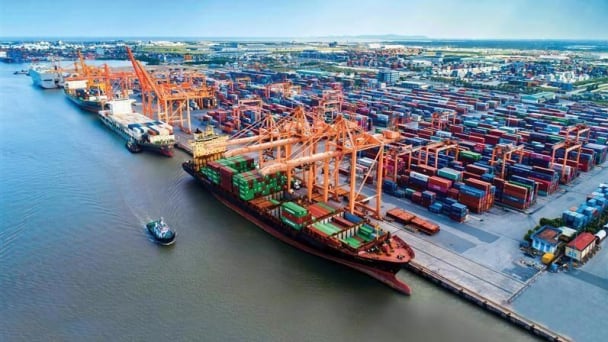
(VAN) South Korea is currently the second-largest investor in Hai Phong in terms of the number of projects (186 projects) and the largest in terms of total registered investment capital, reaching USD 14.2 billion.
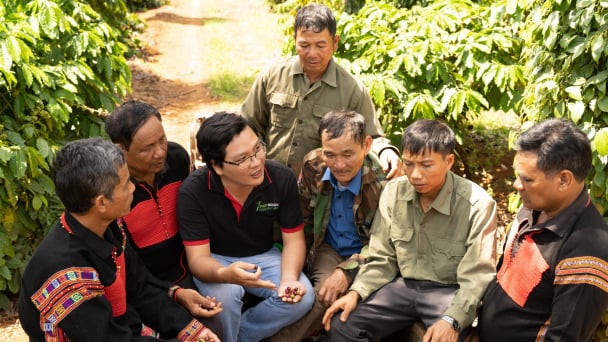
(VAN) As consumers become more environmentally conscious, legal regulations grow increasingly stringent...